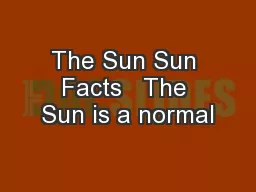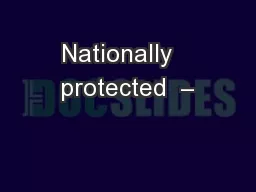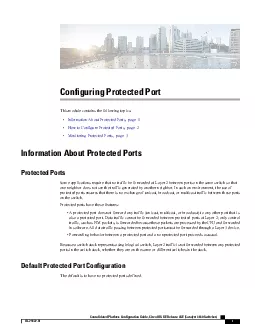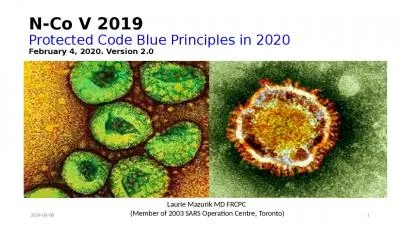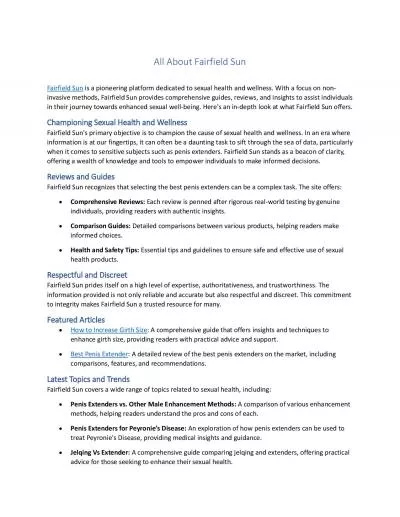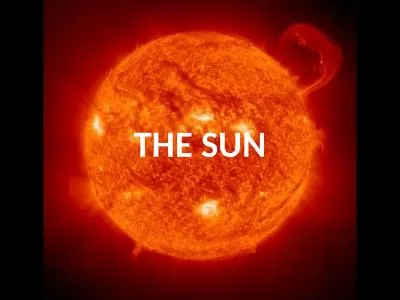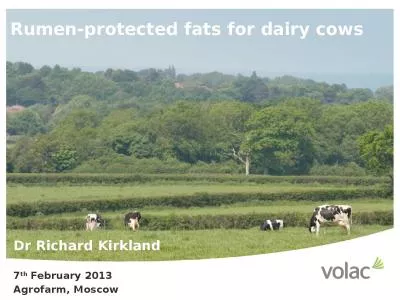PDF-Copyright Status for The Sun Also Rises Protected until Copyright Summary The
Author : luanne-stotts | Published Date : 2014-10-07
The copyright term for works first published by anyone between 1923 1963 with a copyright notice and which were renewed within 28 years is 95 years after the date
Presentation Embed Code
Download Presentation
Download Presentation The PPT/PDF document "Copyright Status for The Sun Also Rises ..." is the property of its rightful owner. Permission is granted to download and print the materials on this website for personal, non-commercial use only, and to display it on your personal computer provided you do not modify the materials and that you retain all copyright notices contained in the materials. By downloading content from our website, you accept the terms of this agreement.
Copyright Status for The Sun Also Rises Protected until Copyright Summary The : Transcript
Download Rules Of Document
"Copyright Status for The Sun Also Rises Protected until Copyright Summary The "The content belongs to its owner. You may download and print it for personal use, without modification, and keep all copyright notices. By downloading, you agree to these terms.
Related Documents

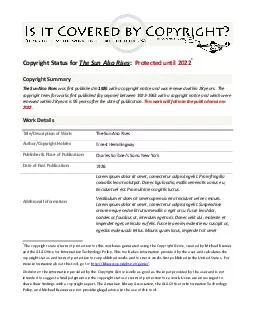
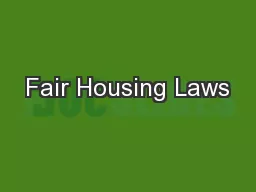
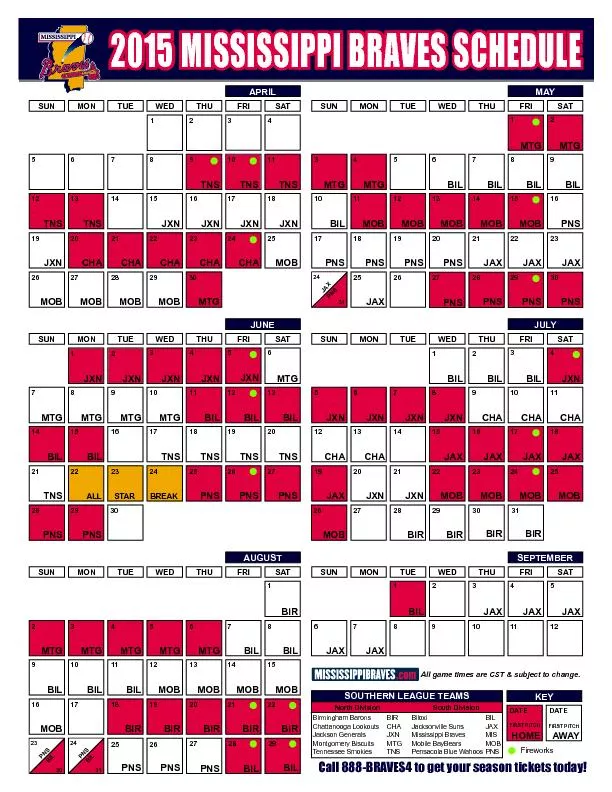
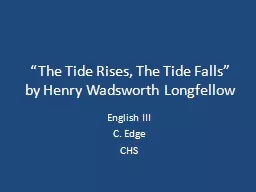
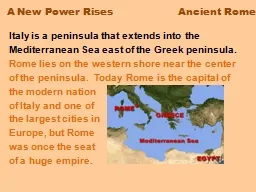
![[Protected] Non-confidential content](https://thumbs.docslides.com/494946/protected-non-confidential-content-.jpg)
